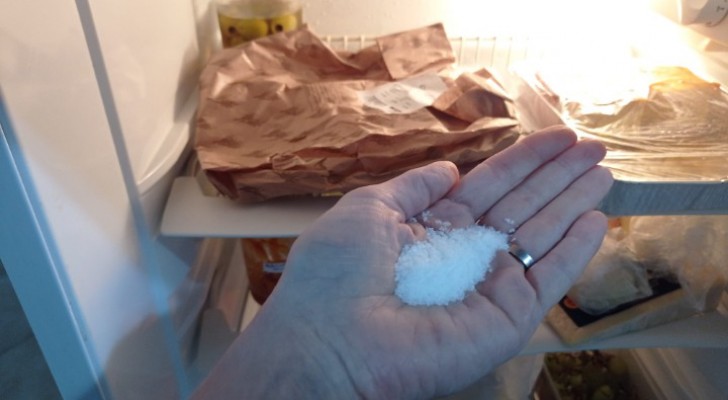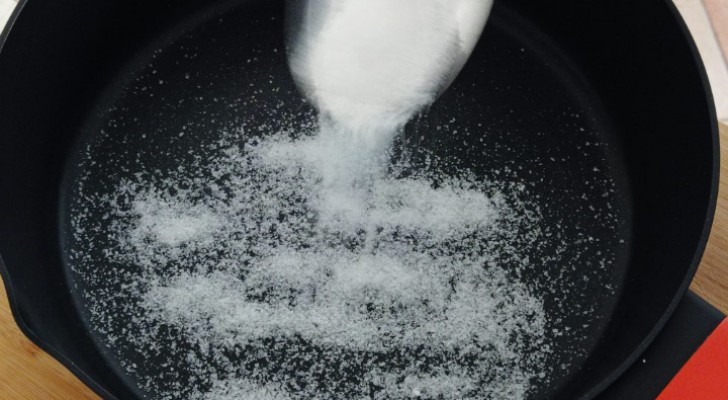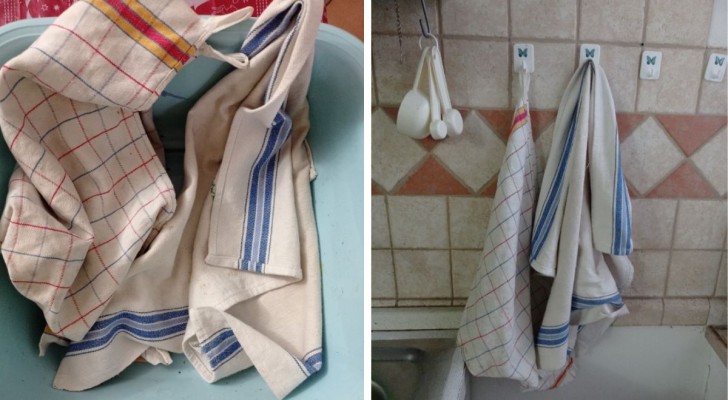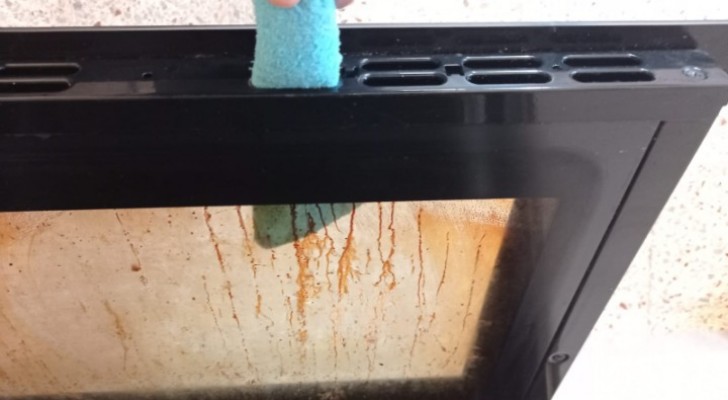The dishwasher: 10 ways we're using it incorrectly according to the experts
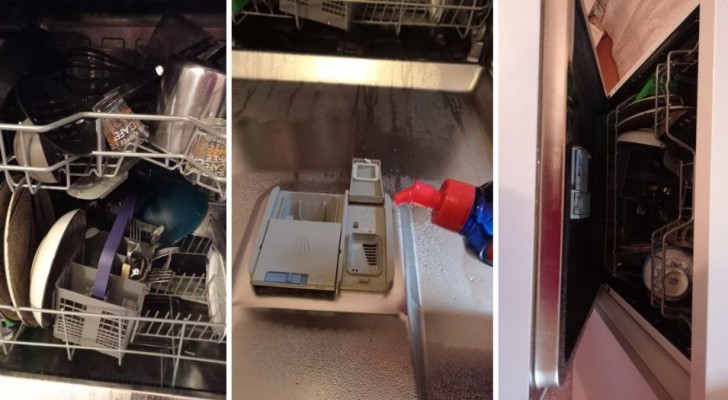
Invented to relieve the burden on housewives, the dishwasher has now become a must-have in our kitchens; who could host a large event with friends or relatives nowadays knowing that they will have to wash a heap of dishes afterwards? Probably not very many. In addition to lightening our work load, they also allows us to reduce our water consumption. But many still make errors in using the appliance which can compromise its efficacy.
So, how do we make the most of our dishwasher? Here is a list of 10 mistakes to avoid:
1. The location
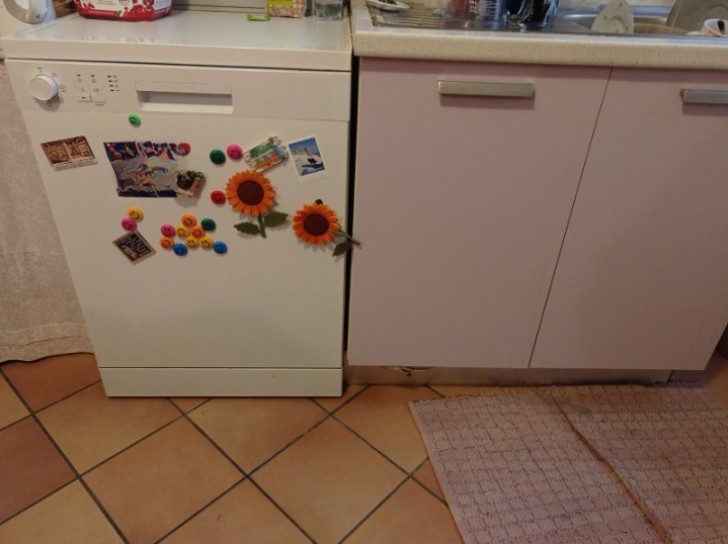
Creativo
The first mistake often made is in the installation: being an appliance that emits heat, it is best to position the dishwasher well away from the refrigerator or freezer. The proximity of appliances that emit heat along with appliances that produce cold forces both to work harder to keep their temperatures constant, increasing electricity consumption.
2. Prewash
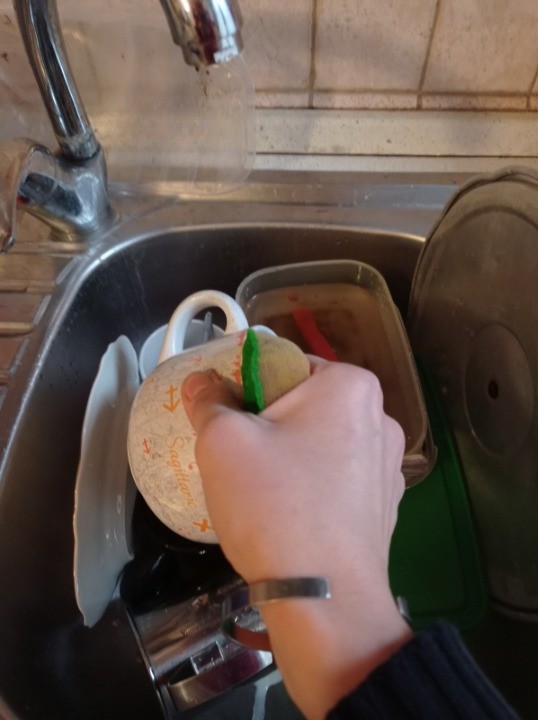
Creativo
Rinsing dishes before putting them in the dishwasher is a practice that should be avoided. In fact, modern dishwashers guarantee optimal performance even with very dirty dishes; many are also equipped with sensors that allow the washing to be calibrated according to dirtiness of the load. Pre-washing dishes is therefore a waste of time, effort, water and electricity. It is much better to remove any solid residue (scrap into the bin) and put the dishes directly into dishwasher.
3. Loading
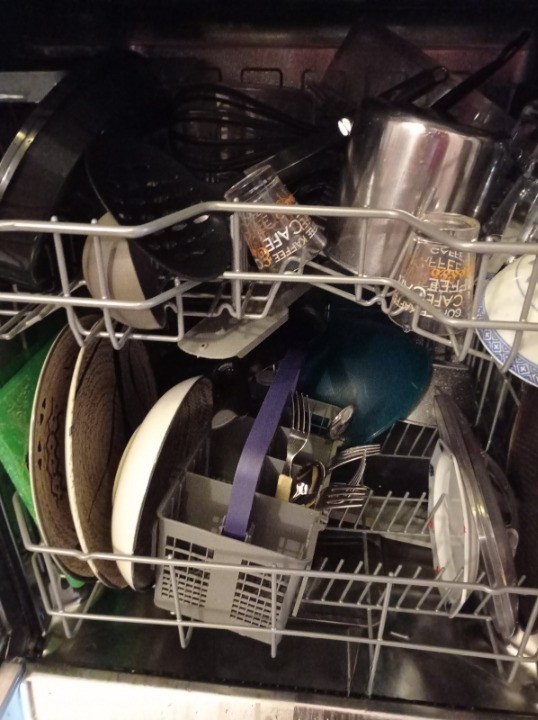
Creativo
Loading also affects efficiency. A load balanced correctly allows for a more thorough cleaning of the items. So, start with the biggest dishes, then continue to load with smaller items until the machine is full. The cutlery should be placed in the special basket with the handles facing downwards to ensure better cleaning. Finally, it is necessary to make sure that the nozzles are free to rotate.
4. Rinse aid and salt
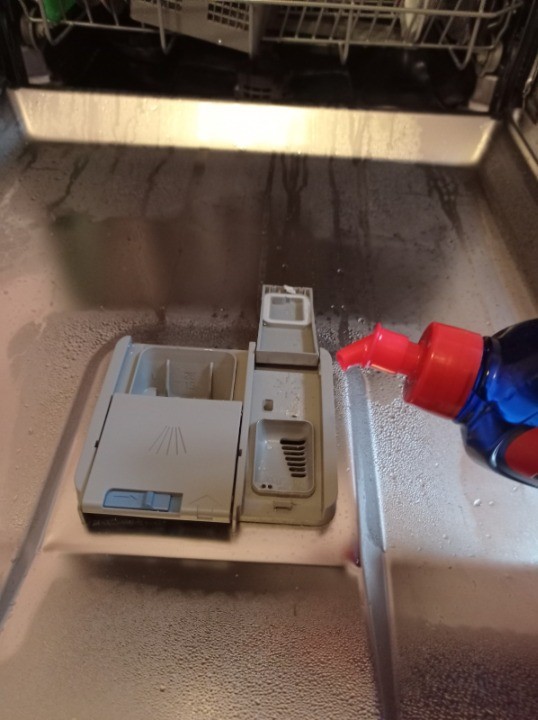
Creativo
Rinse aids help to reduce the surface tension of the water, ensuring better drying of the dishes at the end of the cycle and avoiding the formation of stains and streaking. Salt, on the other hand, is essential to soften the water and avoid limescale stains from forming on the dishes and inside the pipes (which could lead to expensive repairs).
5. The ECO program
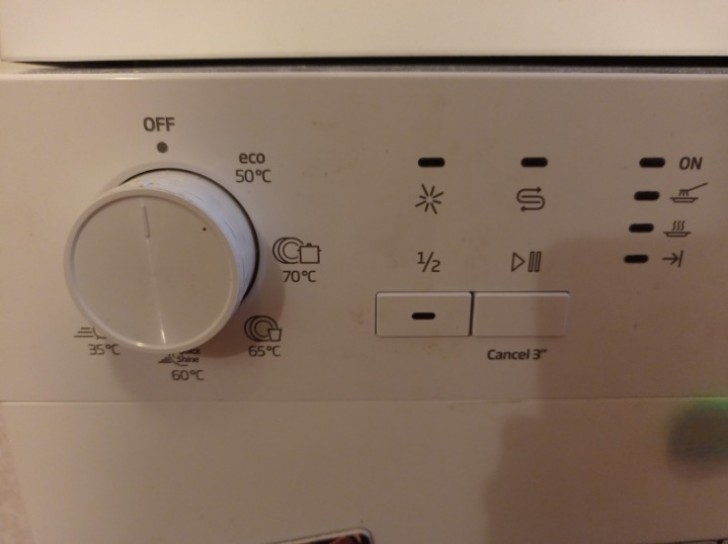
Creativo
The latest generation of dishwashers have an ECO program that allows you to optimize power consumption while still guaranteeing maximum performance. Try to always use this mode, possibly hand washing the dirtiest pots and pans that may not come out clean after washing using this program.
6. Cleaning
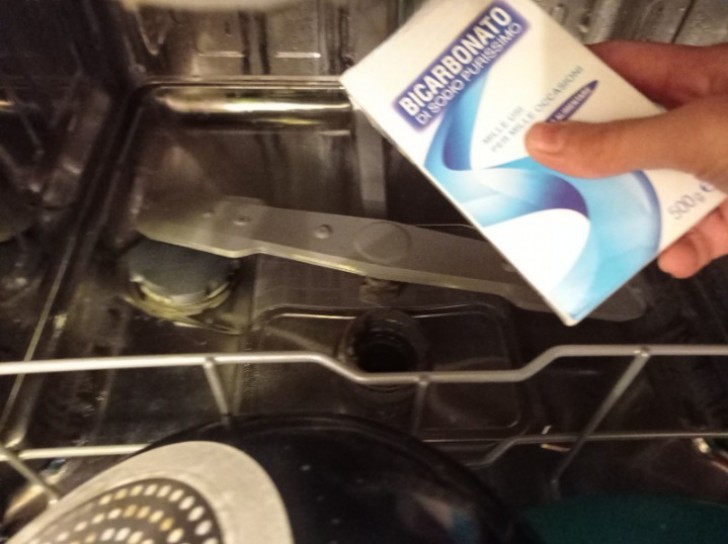
Creativo
The dishwasher also needs to be cleaned regularly. Remember to periodically carry out a cleaning cycle and don't forget the filters and rubber seals (where dirt can easily accumulate and mold can form). For this cleaning, do an empty wash at a high temperature. Before switching on, pour 100 g of bicarbonate of soda or a liter of white vinegar or lemon juice into the bottom of the dishwasher.
7. Dirt
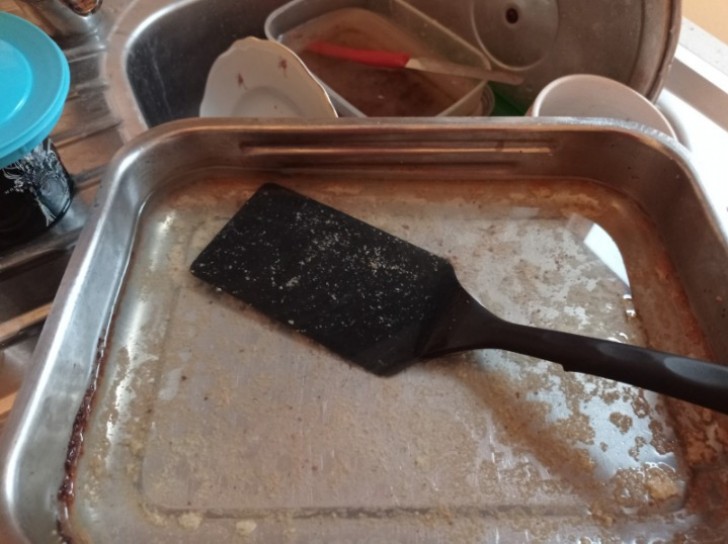
Creativo
When loading the dishwasher, try to ensure that the levels of dirt on the items is roughly the same; if you are not careful, you risk putting in dishes that require a more thorough washing than the cycle you select. Like the washing machine, the recommendation is to divide up the dishes according to how dirty they are in order to avoid having to rewash some of them.
8. Items not suited for the dishwasher
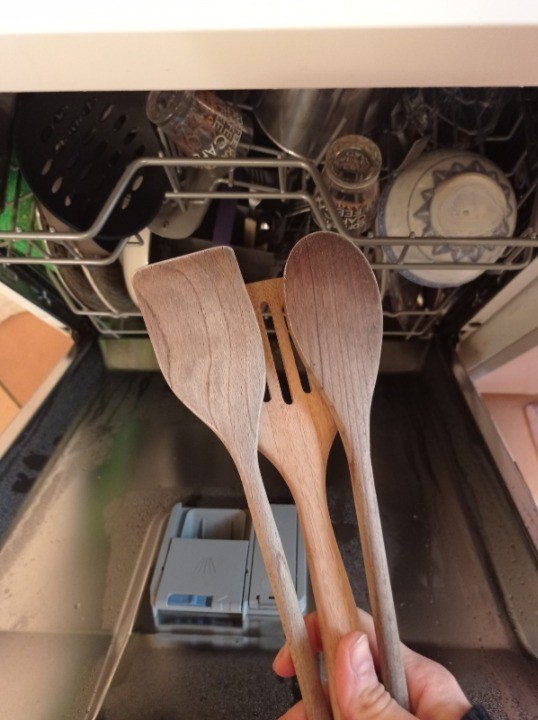
Creativo
There are items that cannot be washed in the dishwasher; if you don't want to risk having to replace them ahead of time, remember to hand wash these items. Some examples are: wooden utensils, aluminum containers, measuring cups and graduated jugs with printed measurements, crystal glasses, bottles, copper and tin objects. In any case, always check that the dishwasher-safe symbol is present and if in doubt, wash by hand. Similarly, it is best to avoid washing disposable containers in the dishwasher: it will be sufficient to empty these completely and rinse them off under running water.
9. Detergent
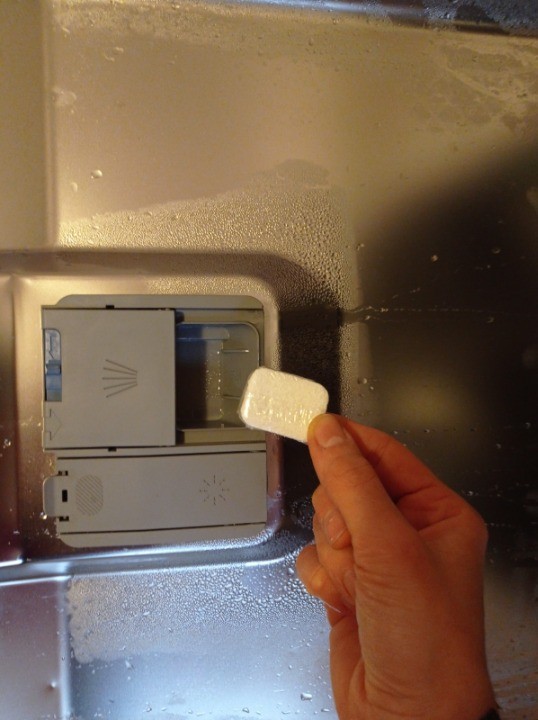
Creativo
Your choice of detergent can result in a great deal of waste, as well as potentially ruining your appliance. Chose ecologically sound, powdered detergents; if you feel like it, you can easily and quickly make your own detergent: all you need is baking soda and Marseille soap in a 2:1 ratio. For the rinse aid, you can use 15 g of citric acid dissolved in 100 g of water.
10. Open if not in use
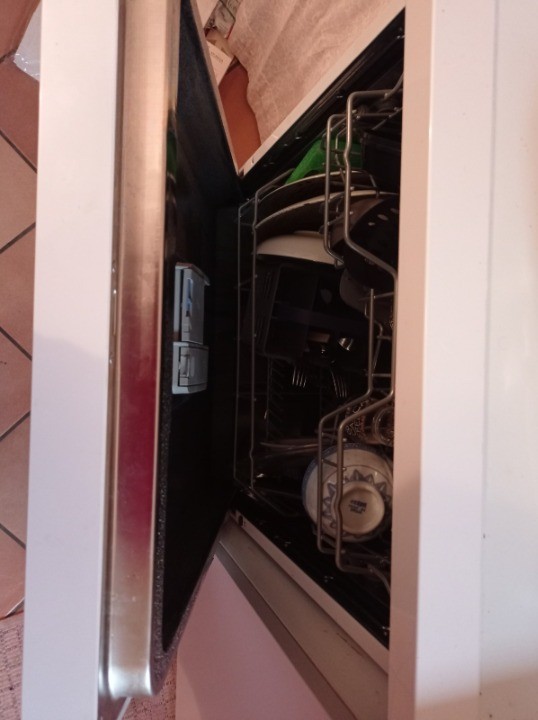
Creativo
Lastly, when the dishwasher is not in operation, we advise that you leave the door ajar, in order to allow air circulation and for the various components to dry out properly. This is especially true for the rubber seals, which are delicate and where mold can easily develop.
How many of these mistakes do you make when using your dishwasher?
